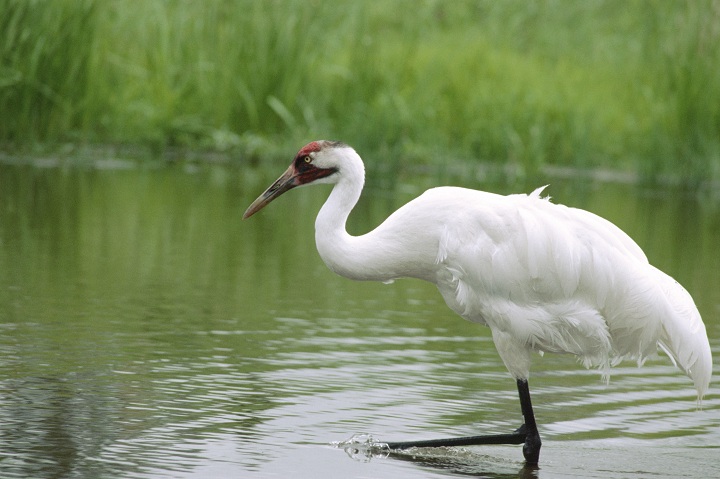REGINA – Saskatchewan is never as true to its licence plate slogan “Land of Living Skies” as during the spring migration of hundreds of bird species. Stan Shadick has been birding for 54 years and said the province is unsurpassed, attracting enthusiasts from across North America.

“I can’t think of any place else where you have such a concentrated migration of birds, both song birds and waterfowl,” he said.
Armed with only a pair of binoculars, birders wait patiently in the prairie grasses to catch a glimpse of a particular species. For Shadick, an upcoming field trip involves searching for the sharp-tailed grouse, known for its courtship display.
“It’s quite the spectacle,” he said, adding that the best time to witness the behaviour is in April. “They raise the tail, they spread their wings out and they stomp on the ground and they have a wild time.”
Shadick organizes birding field trips through the Saskatoon Nature Society and said it doesn’t take long for novice birders to learn how to identify different species. Accurate identification includes carefully looking at a bird’s plumage.

Get breaking National news
“Bird song is even more useful than sight for identifying birds,” he said. “Learning bird songs is a very enjoyable pursuit.”
Shadick, 60, said Saskatchewan birders are also conservationists, all too aware that the hobby requires a thriving prairie to protect birds such as the Sprague’s pipit, a small brown song bird.
“It’s a very threatened environment,” he said.
- US forces stop 2nd oil tanker off Venezuela coast as Trump follows promise to seize tankers
- Flu hospitalizations rise sharply as H3N2 spreads across Canada
- Tax season is still months away. Doing 3 things now could help you later
- Paraplegic engineer becomes the first wheelchair user to blast into space
READ MORE: A sure sign spring is coming, the Meewasin pelican watch is underway
Kim Mann, 49, said she has been birding across Canada since she was a child but insists Saskatchewan is special.
“You have a whole bunch of different environments in one province,” she said, adding that it ranges from prairie to grasslands to boreal forest. “It’s awesome for birding.”
She said last summer Regina was visited by a Prothonotory warbler, which is a bird from the Louisiana swamps.
“It was living here for at least a couple of months,” she said. “It’s golden yellow with black markings and bluish-coloured wings.”
Because Saskatchewan is on the migration route for many species, birds travel through the province from all over the world, Mann said.
“We’ve had birds from Siberia, from the northern Arctic,” she said.
Shadick and Mann agree that one highlight of birding in Saskatchewan is witnessing the migration of the whooping crane, the tallest species of bird in North America.
“That is a bird that nests in a very small area just north of Alberta in the Northwest Territories,” Shadick said, adding that the species is endangered.
He said the crane can be seen in spring, but the best time to spot it is during fall migration.
“It turns out they all migrate through Saskatchewan, and most of them take a very narrow path,” he said.







Comments